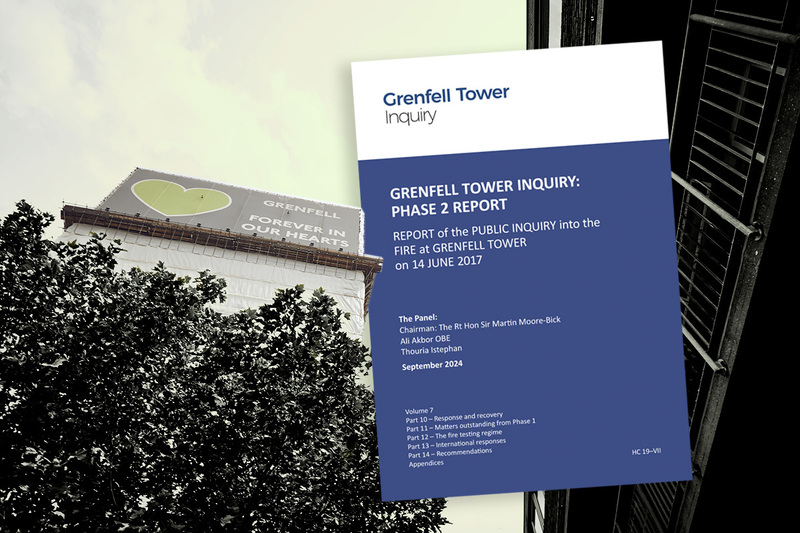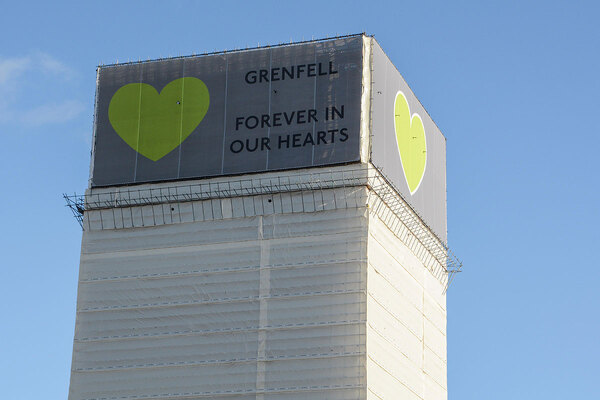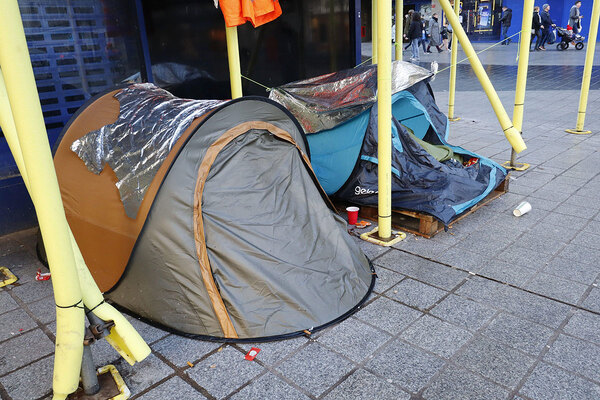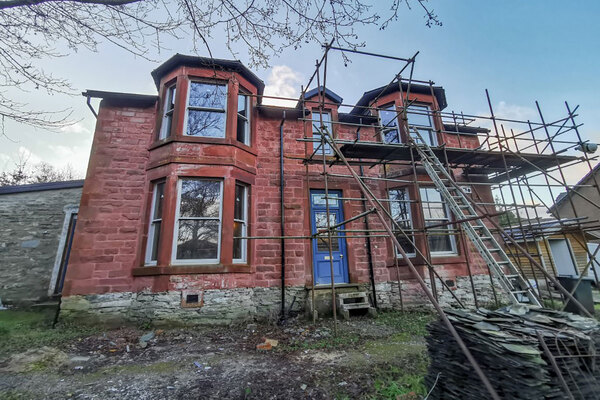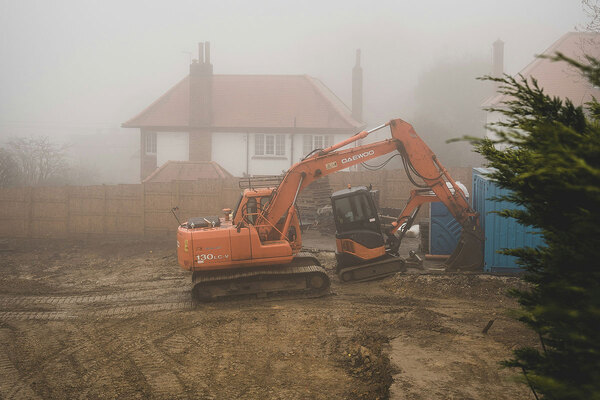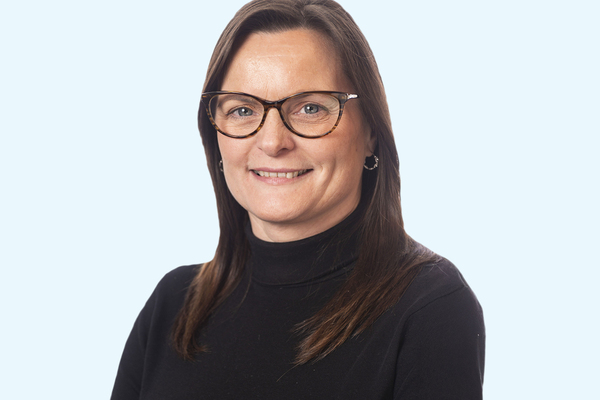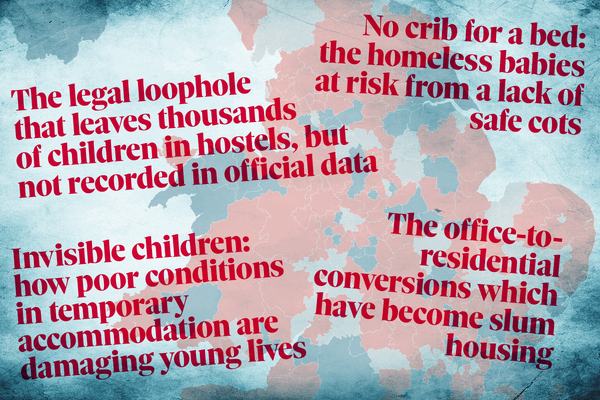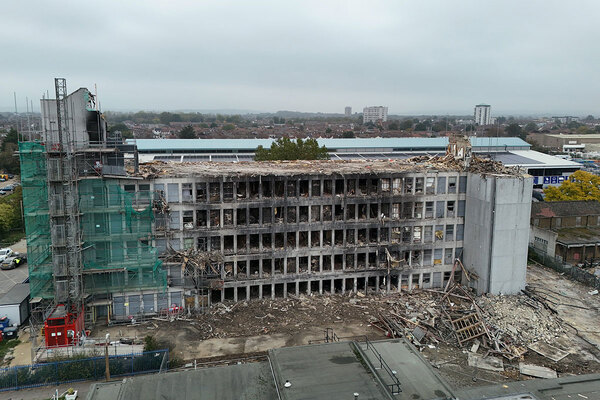Grenfell Tower Inquiry report: key recommendations for social housing providers
The Grenfell Inquiry final report is set to change how the social housing sector operates. Peter Apps picks out some of the standout points from the guidance
While the report elected not to make direct recommendations for social housing providers among its 58 suggestions for change, there are still several which will have a direct impact on the sector if implemented. These include the following:
A review of the definition of higher-risk buildings
Currently the 18 metre height threshold defines whether a building falls within the higher-risk category, and oversight from the Building Safety Regulator. The report called this “arbitrary” and said it wants the definition widened to take account of “the nature of its use” and “the likely presence of vulnerable people”. This could bring in many more properties than the current regime, such as care homes, supported housing and temporary housing with high numbers of children.
A reconsideration of the appropriateness of ‘stay put’
The reliance on ‘stay put’ as an evacuation strategy arose in the 1960s when high-rise buildings were largely simple concrete structures. The report notes that “new materials and methods of construction” have rendered these assumptions less reliable, and the assumption be reconsidered on the next review of official building guidance. If a new conclusion is reached, firmer requirements about fire suppression, alarm systems and escape routes could be imposed – the absence of which are currently justified by stay put strategies.
Fire safety strategies to be required for all higher-risk buildings
The report wants fire safety strategies written by a registered fire engineer to be a requirement of the ‘gateway’ process under which higher-risk buildings are built or refurbished. This will therefore become a new requirement for those social landlords engaged in this process if introduced.
Licensing regime for contractors on higher-risk buildings
The report suggests that contractors working on higher-risk buildings should be licensed and come under the scope of a new regulator. This may narrow the pool of available contractors, increasing the price, but also increasing assurance over the standard of the work.
Mandatory accreditation for fire-risk assessors
Fire risk assessors have been able to join voluntary accreditation schemes for years, but the report suggests making them mandatory and requiring set standards for qualifications and continuing professional development. As with the licensing scheme, this will reduce choice but increase quality.
Urgent advice on lift control switch standardisation
The failure of the lift control switch at Grenfell is an overlooked part of the story, arguably holding direct responsibility for three deaths. The report has asked for a review into whether standardisation is appropriate to avoid this outcome elsewhere. If so, lift control switches may require replacements.
A single regulator to oversee all the construction industry
This regulator would be unlikely to engage social landlords directly, but would oversee many bodies they deal with regularly, including contractors which carry out work to higher-risk buildings and fire risk assessors. Its oversight of product testing and certification would hopefully provide more certainty.
Local authorities’ response to a disaster
The changes to disaster response will impact local authority housing teams and possibly local housing providers as well if implemented in full. They contain a recommendation to devise an effective means of collecting and recording information about those who have been displaced in an emergency, and make “such arrangements as are reasonably practicable” for them to be able to rehouse those displaced quickly and “in ways that meet their personal, religious and cultural requirements”. The report specifically says that this should “involve local providers of social housing”.
Personal emergency evacuation plans (PEEPs)
Ahead of the report being released, the government committed to introducing a new regime of ‘residential PEEPs’, which will become a major new responsibility for housing managers. A consultation will be launched by the Home Office in autumn.
You can read the full recommendations here, from page 229.
All Inside Housing’s breaking stories on the Grenfell Inquiry Phase 2 report
KCTMO responsible for ‘chronic and systemic’ safety failings before Grenfell fire, inquiry concludes
Grenfell’s social housing provider was responsible for “chronic and systemic failings” in fire safety management, as well as a “toxic” relationship with the tower’s residents, who came to regard it as an “uncaring and bullying overlord that belittled and marginalised them”
Failed by ‘incompetence, calculated dishonesty, and greed’: reactions to Grenfell Tower Inquiry report
Inside Housing is highlighting responses to the second and final Grenfell Tower Inquiry report
The Grenfell Tower Inquiry report may not have made recommendations to social landlords, but it is still a major call for change
Today’s Grenfell Tower Inquiry report surprisingly stopped short of making recommendations for social housing providers. But it did ask them to read it and reflect. This is homework which should be taken seriously, writes Peter Apps
Grenfell Inquiry report elects not to make specific recommendations for social housing providers
The Grenfell Tower Inquiry has made no fresh recommendations for social landlords in its long-awaited Phase 2 report, saying recent legal changes are sufficient to drive reform
‘Complacent’ government ‘well aware’ of cladding risks before Grenfell fire but ‘failed to act’
A “poorly run”, “complacent” and “defensive” government department “failed to act on what it knew” about dangerous cladding in the years before Grenfell, amid an enthusiasm for deregulation which “dominated” its thinking
‘Systematic dishonesty’ by product manufacturers ‘very significant reason’ for Grenfell’s deadly cladding, inquiry concludes
“Systematic dishonesty” by product manufacturers was a “very significant reason” why Grenfell Tower was clad in such dangerous materials, the inquiry report into the fire has concluded
Social landlords must be ‘held to account’ for safety of homes, prime minister says
Sir Keir Starmer has pledged to make sure social landlords are “held to account” for the safety of the homes they provide, in a statement following the publication of the Grenfell Tower Inquiry’s second and final report
Sign up for our fire safety newsletter
Already have an account? Click here to manage your newsletters
